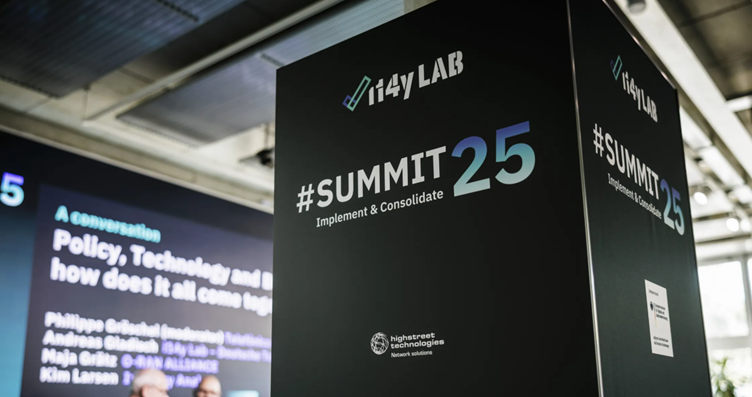
Aspire is part of NEC!

As our reliance on mobile devices and data services grows, so does the demand for efficient and optimized telecom networks. Operators have the ongoing challenge of ensuring reliable user experience with increased pressure on guaranteeing efficient total cost of ownership (TCO).
Network optimization plays an essential role in tackling this challenge as it ensures that current network assets are optimized most efficiently to guarantee the best user experience according to the operators’ commercial strategy. It involves understanding the various use cases within the network, such as video streaming, web browsing, and voice calls, and optimizing all network domains from RAN to Core to address those requirements most efficiently. The objective of network optimization is simply to maximize user experience and minimize TCO.
Many factors play a role in network optimization, but in its essence, the optimization focuses on optimizing these five elements according to the network use cases:
To address the optimization of the five elements across the different domains (RAN, Transmission, IP, Core, etc), operators traditionally separate their teams according to domain expertise. These teams then focus on optimizing their specific area, focusing on individual Key Performance Indicators (KPIs) and deploying technologies/features that bring more benefits to their domain. While this approach improves specific domains, it may lead to clashes between domains and does not necessarily enhance the overall user experience. The operator is not able to correctly assess the user perspective, the impacts of the network optimizations, and the benefits of the deployment of new technologies/features on the user experience.

Aspire’s approach to optimization moves away from traditional optimization to end-to-end (E2E) optimization. This approach is always focused on providing meaningful improvements to user experience with an optimized TCO.
The optimization breaks the traditional domain silos to provide a complete holistic view of the user experience and the impact of each domain. The holistic view allows the operator to focus on optimizing the network elements that will bring the greatest improvement to the user experience and/or TCO, create synergies across network domains, and maximize the revenue of their customers.
The added clarity enables the operator’s teams to be focused on meaningful changes to the network that bring maximum results. They will no longer waste time on optimizations with low impact on user experience.
The E2E optimization is only feasible when paired together with software solutions that correlate the data from the multiple domains into a simple cohesive story of the influence of each network element on the user experience.
Operators gather vast amounts of data, which, when effectively analyzed, provide insights into network performance and user behavior. This information empowers engineers to identify and solve issues promptly, thus ensuring continuous network enhancement.
Machine learning (ML) and artificial intelligence (AI) play a crucial role in automating and enhancing network optimization. These technologies enable the processing of vast datasets, providing insights that manual methods cannot achieve. ML and AI accelerate optimization, allowing operators to respond quickly to network issues and proactively mitigate future performance challenges.
Using these technologies, Aspire developed multiple software applications that enhance the operator’s capabilities and insights into the network and user performance. This enables more precise optimizations that bring benefits to the user performance and/or bring about a more efficient use of network resources and thus lower TCO. Aspire’s software suite includes applications such as PCAP Cruncher that enables TCP/IP analysis E2E, 5G RANalyser for deep diving into 5G radio interface, and Consistency audit to automatically audit network configuration, among others. All these applications enable an efficient optimization process with a high impact on the quality of experience.
Network optimization is an ongoing process that needs to constantly evolve and be up to par with current technology trends.
Aspire’s approach to breaking down operational silos within telecom companies and creating collaborative E2E analysis between different domains has resulted in real-world examples and success stories all over the world that stand as testaments to the transformative power of E2E network optimization.
Aspire is proud of these achievements and continues to invest in innovation to generate new and efficient ways to improve user experience and network performance. New technologies such as 5G Standalone and Voice over New Radio will bring about new challenges, and Aspire, together with its clients, will continue developing creative solutions to tackle them. This will, in turn, generate new efficiencies and optimizations.
Telecom network optimization stands at the crossroads of technological advancement, user experience, and efficient asset usage. By understanding its intricacies and adopting a holistic, E2E approach, telecom companies can ensure seamless connectivity, superior user experiences, and efficient utilization of network resources. As the digital landscape continues to evolve, the significance of telecom network optimization remains unwavering, shaping the future of modern communication systems and strategic business decisions.




